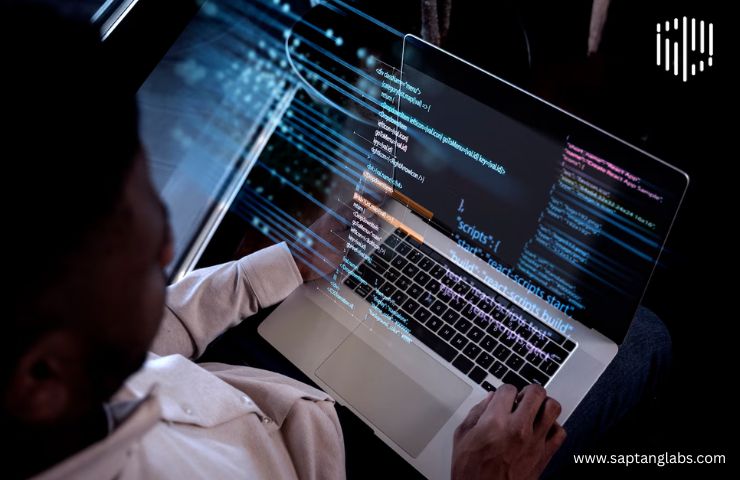In today’s digital age, activism has taken on a new form. Social media campaigns, viral petitions, and online advocacy have become powerful tools for change. However, a more controversial approach has also emerged—hacktivism. This blend of hacking and activism raises important questions: Is it a legitimate form of protest, or does it pose a growing cyber threat?
What is Hacktivism?
Hacktivism is the use of hacking techniques to promote political, social, or environmental causes. Unlike traditional protests, it operates in the digital world, challenging authority and exposing corruption through cyber attacks. The movement gained prominence in the early 2000s with groups like Anonymous and LulzSec, who targeted governments and corporations to highlight injustices.
Initially, hacktivism was seen as an extension of civil disobedience. However, as attacks became more aggressive—disrupting businesses, leaking sensitive data, and targeting critical infrastructure—the lines between activism and cybercrime began to blur.
Hacktivism in 2025: Evolving Tactics
With advancements in technology, hacktivists have adopted more sophisticated methods:
- AI-powered attacks – Machine learning enables hackers to identify vulnerabilities faster than ever.
- Blockchain for anonymity – Decentralized networks make it harder to track hacktivists.
- Deepfakes for disinformation – Manipulated media is being used to sway public opinion.
Moreover, nation-states have started supporting hacktivist groups, making it difficult to distinguish independent activism from government-backed cyber operations.
The Ethical Debate: Activism or Cybercrime?
Supporters of hacktivism argue that it gives marginalized communities a voice, holding powerful institutions accountable. Critics, however, warn that these attacks can lead to financial losses, stolen data, and national security threats. The debate hinges on whether hacktivism is a form of civil disobedience or a criminal act.
Impact on Businesses and Governments
For businesses, hacktivism poses serious risks such as data breaches and financial damage. Many companies are now investing in cybersecurity to protect their systems.
Governments face even greater challenges. Cyber attacks on public infrastructure, election systems, and healthcare networks can cause widespread disruption. Regulating these digital protests is difficult, as perpetrators often operate from regions with weak cyber laws.
Future Trends in Hacktivism
Looking ahead, hacktivism will continue to evolve with emerging technologies:
- AI-driven automation – More efficient cyber attacks.
- Virtual reality activism – New platforms for digital protests.
- Stronger international cybersecurity alliances – A global response to cyber threats.
Conclusion
As we move into 2025, hacktivism remains a double-edged sword. While it can bring attention to critical issues, it also poses significant risks. Striking a balance between digital freedom and cybersecurity will be crucial in shaping the future of online activism.
Ultimately, is hacktivism a force for good, or does it threaten global security? The answer will depend on how businesses, governments, and individuals respond to this ever-evolving digital battleground.
You may also like this:


